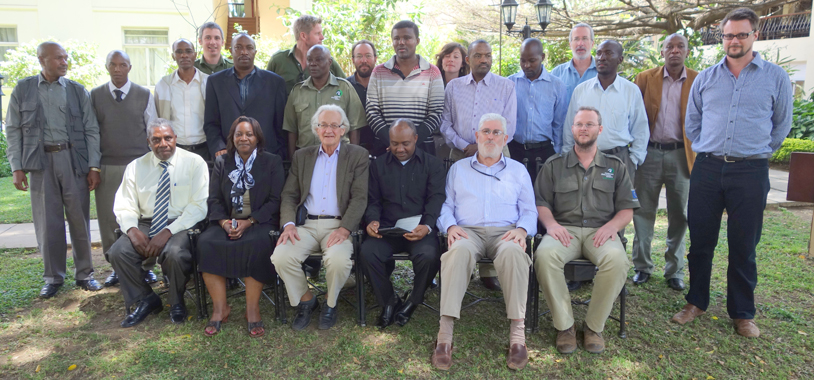Over the last several years horror stories have been mounting about the scale of the slaughter of elephants in Tanzania. The Selous National Reserve is home to one of the most important elephant populations in Africa. Until recently it was the second biggest on the continent after Botswana. What the exact status is now, no-one knows.
Accurate knowledge of elephant numbers is the foundation on which all efforts to secure a future for the species depends. Without it there is no way to know if elephants are truly in trouble, and if so how bad the problem is. Armed with solid data, governments and inter-governmental organisations like the UN’s Convention on International Trade in Endangered Species are able to act.
But counting elephants is no easy business. Their vast ranges and fast movements make meticulous planning crucial, and if a sample is to be counted rather than the total (as has to be done in an area as large as the Selous) the technique used must be rigorous and transparent. As a result of these difficulties, no consistent counts have been conducted in the Selous since the poaching surge began.
The Tanzanian government has now decided to remedy this, and on 26th August TAWIRI, the Tanzanian Wildlife Research Institute, convened a group of experts in Arusha to begin the planning of a count that will take place at the end of September. The mandate was to conduct a count according to the highest international standards.
The importance of this count is hard to overstate. In 1976 there were an estimated 109,000 elephants in the reserve and it was the largest elephant population known in Africa. A decade later only half remained, and in 1991 the estimate reached a record low of around 20,000. After the international ivory ban in 1989 the population began to recover. Since then there has been an apparent free-for-all, with no force able to slow the killing. Despite the fears, no-one has been able to quantify the scale of the slaughter.
Save the Elephants sent two representatives to the meeting, Dr. Iain Douglas-Hamilton and Festus Ihwagi, which was expertly convened by Simon Mduma, head of TAWIRI. The TAWIRI team met with the Frankfurt Zoological Society (who are coordinating the project at the request of the government) and the Wildlife Conservation Society along with aerial-count specialists Mike Norton-Griffith, the founding father of aerial counts and his academic inheritor Howard Frederick. They brought with them an innovative new manual on how to improve aerial sampling techniques.
We wish the team well in this important work, and are keeping our fingers crossed that the situation is not as bad as is feared.


